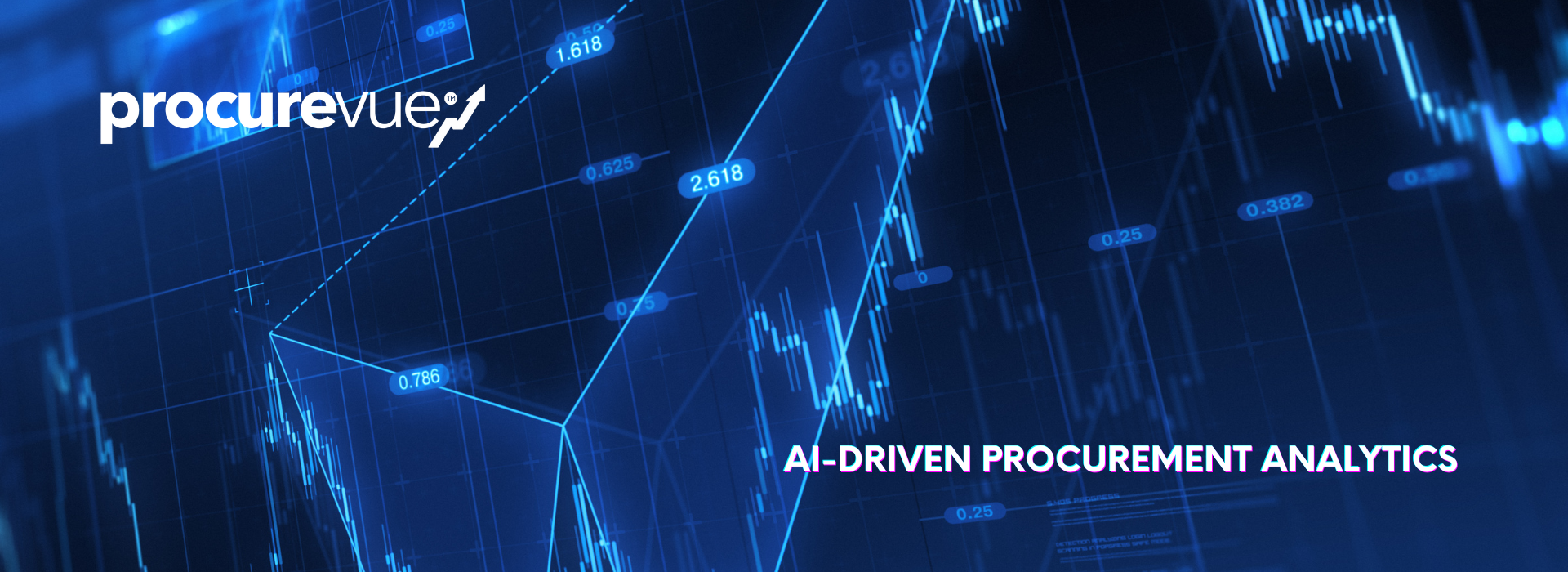Black Friday is one of the most significant shopping events of the year, with retailers offering enticing deals to attract hordes of eager customers. Behind the scenes, retailers employ a range of mathematical techniques to measure the success of this annual shopping extravaganza. In this blog post, we'll delve into the mathematics retailers use to evaluate the impact of Black Friday, from sales and profit margins to customer data analytics and inventory management.

Sales and Revenue Analysis
The most straightforward metric for measuring Black Friday success is sales revenue. Retailers calculate the total sales volume for the day, comparing it to previous years to assess growth or decline. They also analyze individual product sales, tracking the popularity of specific items. Mathematical tools, such as regression analysis, identify trends and predict future sales based on historical data. This helps retailers make informed decisions on inventory, pricing, and promotions.
Profit Margins and Gross Margin Percentage
Retailers not only track sales revenue but also assess their profit margins. Gross margin percentage is a crucial metric calculated by subtracting the cost of goods sold (COGS) from the total revenue and dividing it by total revenue. Retailers use this metric to determine how much profit they make for every dollar in sales. Black Friday's success isn't just about increasing sales; it's also about maintaining or improving profit margins. Retailers use mathematics to set pricing strategies that maximize both sales and profit.
Customer Behavior Analysis
Understanding customer behavior is essential for retailers. Mathematically, they use data mining and clustering techniques to segment their customer base. They can tailor their marketing strategies and product offerings by analyzing purchasing patterns. For Black Friday, retailers analyze customer data to predict which products will likely be in high demand, helping them stock the right items in sufficient quantities.
Inventory Management and Supply Chain Optimization
Black Friday can put a strain on a retailer's supply chain. Mathematical models optimize inventory levels, ensuring enough stock to meet demand without overstocking, which can lead to excess liabilities. Retailers must consider factors like lead time, order frequency, demand forecasting, and reorder points. Complex algorithms and optimization techniques help retailers strike the right balance.
Return on Investment (ROI)
ROI is another vital metric for measuring the success of Black Friday. Retailers calculate their ROI by comparing the net profit generated from Black Friday promotions to the total cost of running them. This mathematical approach helps retailers determine if their marketing and advertising efforts were worthwhile.
Social Media and Online Metrics
In today's digital age, social media and online sales significantly influence Black Friday's success. Retailers use mathematical tools to track social media engagement, website traffic, click-through, and conversion rates. By analyzing this data, they can adjust their online marketing strategies in real-time to maximize their return.
Predictive Analytics
Predictive analytics leverages historical data and mathematical models to forecast Black Friday outcomes accurately. Retailers use these forecasts to set sales targets, allocate resources, and determine marketing budgets. It helps them plan their promotions strategically, ensuring they are well-prepared to handle the influx of shoppers.
A/B Testing
Retailers often use A/B testing to evaluate the effectiveness of different marketing strategies. By dividing their customer base into two groups and exposing each group to different messaging, promotions, or pricing structures, they can statistically determine which approach yields better results. This mathematical method provides valuable insights for optimizing Black Friday strategies.
Conclusion
The success of Black Friday is not merely a matter of chance. Retailers rely on various mathematical techniques to assess their performance and make informed pricing, inventory, marketing, and customer engagement decisions. With mathematics as their ally, retailers can fine-tune their Black Friday strategies and ensure a successful and profitable shopping event for both their customers and them. The ability to harness the power of data and analytics ultimately separates thriving retailers from the rest during this annual shopping extravaganza.

/ProcureVue%20Logo%20-%20Dark%20Background%20(6).png)
/Vue%E2%84%A2%20Logo%20-%20(Dark%20Blue).png?width=692&name=Vue%E2%84%A2%20Logo%20-%20(Dark%20Blue).png)
